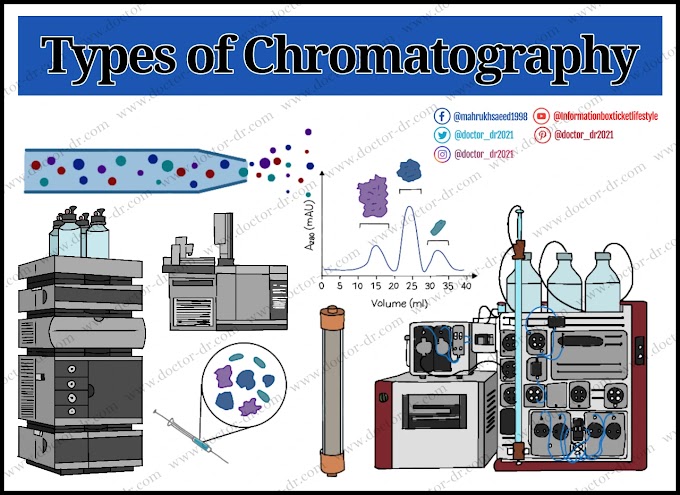The Biuret Test is a method for determining if a sample contains proteins or peptides as well as for detecting peptide bonds in the sample.
Polymers of amino acids make up proteins and peptides. In addition to various biomolecules, ions, and chemicals, they are chains of amino acids. By a covalent link, known as a peptide bond, between the carbon number one (C1) of one amino acid and the nitrogen number two (N2) of a neighbouring amino acid, the amino acids are covalently connected to one another. A condensation process occurs during the creation of a peptide bond.
A dipeptide with a peptide bond (-CO-NH-) is formed when the carboxylic acid moiety of one amino acid loses hydrogen and oxygen, the amino moiety of another amino acid loses hydrogen, and the exposed carbon of the first amino acid and the exposed nitrogen of the second amino acid link together.
Proteins and peptides include unshared electrons on the nitrogen atom in peptide bonds. In an alkaline environment, the cupric ion (Cu+2) in the Biuret reagent can use the unshared electrons of the peptide bonds to generate a violet or purple-colored complex.
The Biuret test is a colorimetric chemical procedure used to identify peptide bonds using the Biuret reagent. In honour of the Polish scientist Gustaw Piotrowski, who first noticed this phenomena in 1857 and employed it to identify proteins in samples, it is also known as Piotrowski's response.
The substance biuret isn't really utilised in the Biuret reagent. When urea is heated to 150°C, two urea molecules condense to create the chemical compound known as biuret, which has the molecular formula HN(CONH2)2. When biuret combines with Cu+2 ions, a similar reaction that results in a purple complex molecule was first seen because biuret possesses bonds that resemble peptide bonds. As a result of the similarities in the final products, the test is known as the Biuret test.
It is utilised in laboratories to find peptides or proteins in samples. It is a qualitative test that merely identifies the presence or absence of peptide bonds and says nothing about the precise number and variety of proteins present.
Table of Contents
- Objectives of Biuret Test
- Principle of Biuret Test
- Requirements for Biuret Test
- Biuret Reagent
- Equipment
- Samples (Test solution)
- Procedure of Biuret Test
- Result and Interpretation of Biuret Test
- Precautions
- Applications of Biuret Test
- Limitations of Biuret Test
Objectives of Biuret Test
- To determine whether peptide bonds are present in the sample.
- To examine whether any proteins or peptides are present.
Principle of Biuret Test
The biuret test's reaction is a colorimetric reaction, and the outcome is revealed by a shift in colour from blue to purple or violet. The cupric (Cu+2) ions in the biuret reagent attach to the nitrogen atoms in the peptide bonds of proteins to produce a violet-colored copper coordination complex when exposed to an alkaline environment. The development of purple colour in the sample denotes the existence of peptide bonds. The amount of peptide bonds present in the solution directly relates to how intense the generated purple colour is.
Requirements for Biuret Test
Biuret Reagent
The Biuret reagent is an alkaline solution of copper sulphate (CuSO4). CuSO4's hue, which gives it its blue hue, is to blame.
Components of Biuret Reagent
- Copper sulfate (CuSO4) solution
- Sodium potassium tartrate
- Sodium hydroxide (NaOH) or potassium hydroxide (KOH) solution
- Distilled water
Preparation of Biuret Reagent
- 100 mL of distilled water should be used to dissolve 1 gramme of CuSO4 crystals.
- To the mixture, add 1.2 grammes of sodium potassium tartrate. (It keeps the Cu+2 ions stable)
- To create a 10% NaOH solution, combine 10 grammes of NaOH pellet with 90 mL of pure water.
- 100 mL of the 1% CuSO4 solution must be mixed with 10 mL of the 10% NaOH solution.
Equipment
- Test tubes
- Dropper
- Test tube stand
- PPE and other general laboratory equipment
Samples (Test solution)
- Positive Control: Albumin (protein or test solution) solution
- Negative Control: Plane water (Distilled water or sugar solution)
Procedure of Biuret Test
- Label three test tubes as ‘test’, ‘positive’, and ‘negative’.
- Dispense 1-2 mL of sample into the test tube marked "test," 1-2 mL of albumin solution into the test tube marked "positive," and 1-2 mL of distilled water into the test tube marked "negative."
- Add the same amount (between 1-2 mL) of the Biuret reagent to each tube.
- Give it a good shake and let it rest at room temperature for five minutes.
- Keep an eye on the tubes for the suspension to become violet.
Result and Interpretation of Biuret Test
- Positive Biuret Test: Formation of purple color after the addition of Biuret reagent. (Tube with albumin solution will turn purple.)
- Negative Biuret Test: No formation of violet/purple color (or formation of blue color) solution after the addition of Biuret reagent. (Water will turn to blue color.)
As a result, the sample is considered positive for proteins or peptides if the colour of the sample solution changes to violet or purple following the addition of the Biuret reagent and incubation.
Report the sample as being devoid of proteins or peptides if the colour of the sample stays blue even after 5 minutes after the addition of the Biuret reagent.
Precautions
- Use the recommended quantity of sample and reagent; typically, a 1:1 ratio produces the best results.
- A false negative result will arise from using too much reagent, which will cause the mixture to turn blue instead of purple.
- Wait 3-5 minutes before reading the outcome. A misleading negative result is possible.
Applications of Biuret Test
- Protein detection in unknown solutions or extracts.
- Detection of proteins in urine, CSF, and other body fluids.
- Used to identify the presence of proteinaceous adulterants in non-protein products during food analysis.
- Used for research in biotechnology and biochemistry.
Limitations of Biuret Test
- The amount of proteins in the sample cannot be precisely measured.
- It is possible to find just soluble proteins.
- The process can be hampered by ammonium and magnesium ions, carbohydrates, lipids, and turbidity.
- Histidine, an amino acid, likewise has favourable results.



~1.webp)

.webp)


